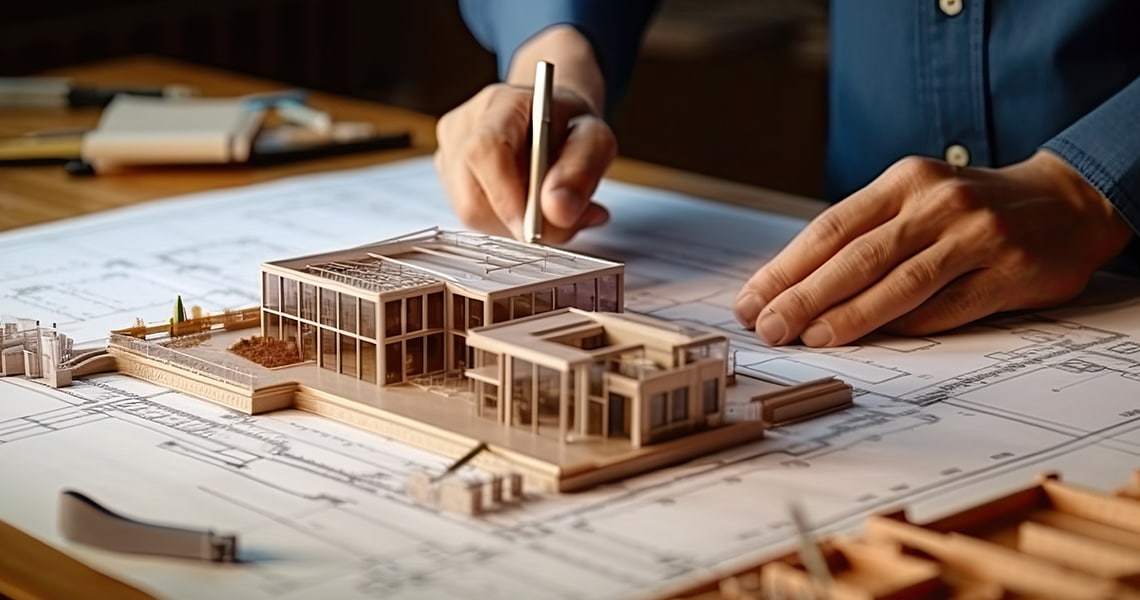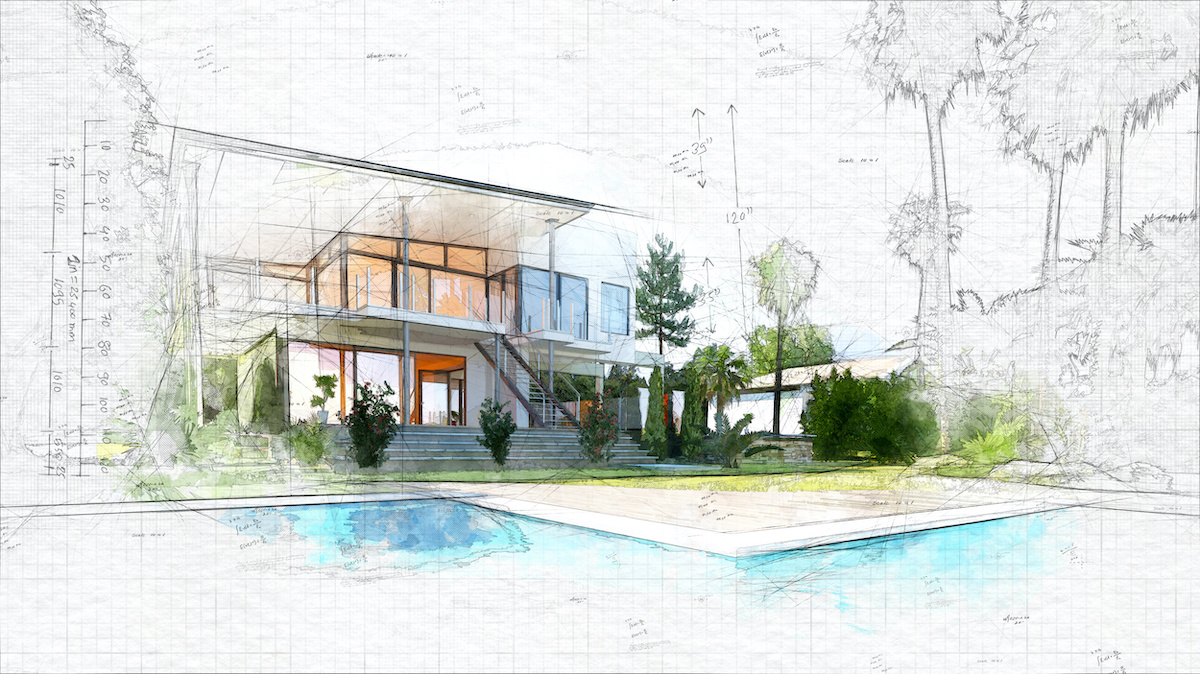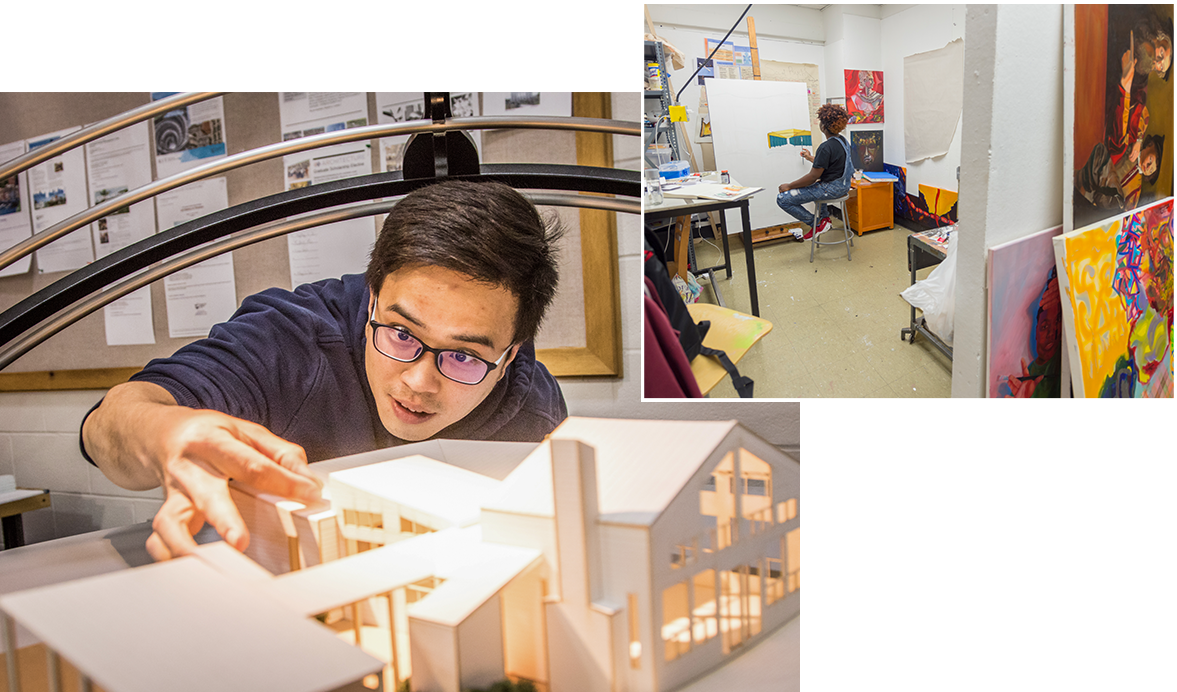Exactly How CDA Architects Combine Creative Thinking and Capability in Modern Architecture
Wiki Article
The Effect of Technological Innovations on the Layout Practices of Contemporary Architects
The rapid evolution of technological devices has actually considerably improved the design landscape for contemporary architects, fostering extraordinary degrees of innovation and sustainability. The integration of Building Info Modeling (BIM), parametric style, and expert system has not only streamlined cooperation amongst varied groups yet likewise redefined task execution. Nonetheless, as engineers welcome these developments, they are faced with intricate challenges that might affect their creative processes. Exploring these dynamics discloses a nuanced interplay in between innovation and standard layout methodologies, triggering a better evaluation of what the future holds for architectural methods.Development of Architectural Equipment
How have building tools changed the design and building processes over the centuries? The development of building devices has actually considerably affected the performance, accuracy, and imagination of layout and building and construction. In ancient times, engineers depend on primary tools such as plumb bobs, determining poles, and standard geometry to develop frameworks. These devices laid the foundation for early architectural technique, permitting for the building of legendary frameworks, albeit with limitations in precision and intricacy.With the advent of the Renaissance, the introduction of the compass and the protractor noted a crucial change. These tools made it possible for engineers to accomplish greater accuracy in their designs, promoting the introduction of even more intricate and in proportion buildings. The Industrial Change even more revolutionized architectural exercise with the introduction of mechanized tools and products, allowing for larger and more enthusiastic projects.
In the 20th century, the development of computer-aided layout (CAD) software changed the landscape once again, providing architects with extraordinary capabilities in modeling and visualization. Today, progressed devices such as Building Details Modeling (BIM) and parametric layout software application remain to push the boundaries of building technology, enabling a more incorporated strategy to design and building and construction processes.
Boosted Cooperation in Style
As innovation proceeds to develop, boosted cooperation in layout has ended up being a foundation of contemporary building method. The integration of electronic tools such as Building Information Modeling (BIM), cloud-based systems, and advanced visualization software has changed the means engineers, designers, and stakeholders interact throughout the layout process. These devices promote real-time communication, permitting groups to share concepts, adjustments, and comments immediately, despite geographical place.
Furthermore, interdisciplinary cooperation has been structured via these technological innovations, making it possible for architects to function a lot more very closely with other specialists, such as metropolitan organizers and environmental experts. The outcome is a more cohesive approach to develop that takes into consideration different viewpoints and competence. Eventually, improved collaboration in layout is not just a pattern; it is vital for developing cutting-edge, practical, and cosmetically pleasing design in an increasingly intricate world.

Sustainability Through Modern Technology
Sustainability in style has actually progressively come to be linked with technical development, driving the market towards environmentally responsible practices. Contemporary engineers are leveraging innovative innovations to decrease environmental effect while enhancing the efficiency of structures. cda architects. One famous instance is the use of Structure Info Modeling (BIM), which enables specific planning and source allowance, minimizing waste during building and construction and promoting power performance throughout a structure's lifecycleMoreover, clever products and energy-efficient systems are being incorporated into layouts to maximize resource use. Technologies such as solar batteries and eco-friendly roof harness renewable resource sources, adding to minimized carbon impacts. In addition, the application of expert system in design procedures makes it possible for architects to mimic and examine energy intake, assisting choices towards more sustainable outcomes.
The combination of lasting modern technologies not just straightens with international environmental objectives but additionally fulfills a boosting need from customers for environmentally friendly remedies. As architects embrace these developments, the focus changes in the direction of developing areas that are not only aesthetically pleasing but also functionally sustainable, consequently redefining the standards of contemporary architecture. In this means, technology acts as a driver for sustainability, allowing engineers to make structures that respect and boost the native environment.
Challenges in Implementation
While technical improvements in architecture hold fantastic assurance for improving sustainability, their implementation commonly experiences substantial difficulties. One primary challenge is the high learning contour associated with new technologies. Architects and construction experts might need extensive training to effectively utilize her comment is here sophisticated software program and tools, which can postpone job timelines and enhance prices.Furthermore, the assimilation of emerging modern technologies, such as Structure Information Modeling (BIM) and lasting materials, typically demands collaboration across multidisciplinary teams. This partnership can be hindered by differences in competence, process, and interaction designs, resulting in potential problems and inefficiencies.

In addition, governing structures and building regulations may not keep rate with technical innovations, producing obscurity and prospective compliance problems. This difficulty can dissuade engineers from totally welcoming brand-new innovations, as the danger of non-compliance may exceed the benefits. For that read review reason, attending to these execution challenges is critical for the effective combination of technological developments in contemporary architectural practices.
Future Fads in Architecture
The difficulties related to the execution of brand-new technologies in design have actually prompted a reevaluation of future trends within the sector - cda architects. As architects browse problems such as sustainability, urbanization, and social equity, they are increasingly adopting ingenious innovations to improve layout efficiency and environmental performanceOne noticeable fad is the assimilation of expert system (AI) in the style procedure. AI devices can examine vast datasets to educate layout choices, enhancing both creative thinking and performance. Structure Info Modeling (BIM) proceeds to progress, enabling real-time cooperation amongst stakeholders and helping with structured project management.
Sustainable layout practices are additionally gaining energy, with designers focusing on adaptive reuse and regenerative style concepts that lessen source consumption and waste. The consolidation of clever materials and renewable energy sources will further enhance the resilience of structures when faced with climate change.
In addition, the rise of parametric style allows for even more personalized and context-sensitive building services (cda architects). By utilizing these advancements, architects are positioned to develop built atmospheres that not just deal with the prompt needs of culture however additionally prepare for future difficulties, thereby redefining the duty of architecture in an ever-changing world
Verdict
Technical advancements have actually significantly reshaped architectural layout techniques, assisting in improved accuracy, cooperation, and sustainability. The combination of tools such as Structure Info Modeling and parametric design software, alongside artificial intelligence and wise products, empowers architects check my source to attend to complex difficulties a lot more efficiently.Report this wiki page